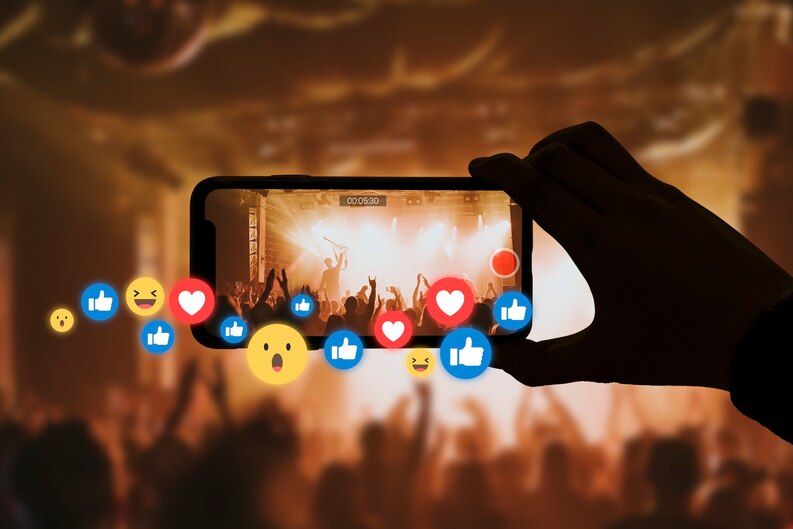Social Media Influencer vs. Traditional Marketing: The Battle for Getting Noticed
Introduction
In today’s digital world, marketing has changed a lot due to social media. A new type of marketing called social media influencers has become popular and is challenging traditional marketing methods. This article will examine the main differences between social media influencers and traditional marketing. We will see the advantages and disadvantages of each when it comes to getting people’s attention and growing a brand.
Social Media Influencers: Being Real and Personal

Social media influencers are now a big deal in marketing. They connect with their followers personally, unlike traditional marketing’s mass advertising. Influencers have many followers on platforms like Instagram, YouTube, or TikTok. They can promote products and services in a genuine and relatable way.
One significant advantage of influencers is that people trust them. They have loyal followers who believe in their opinions and recommendations. Brands can use this trust by partnering with influencers who appeal to their target audience. By doing so, they can increase brand awareness and sell more.
Influencers also offer targeted marketing. Unlike traditional methods, which try to reach a broad audience, influencers can aim at specific groups. By collaborating with influencers who attract certain types of people, brands can reach an engaged audience that is more likely to become customers.
Traditional Marketing: Reaching a Wider Audience

Even though social media influencers are popular, traditional marketing methods still matter. Traditional marketing uses familiar channels like TV ads, print ads, billboards, and radio spots. These methods can reach many people, including those not on social media.
Traditional marketing also gives a sense of credibility and authority. When a brand is featured in popular publications or airs a commercial during a favorite TV show, people tend to remember and trust it more.
Moreover, traditional marketing gives brands more control over their message and branding. They can create content that suits their identity perfectly.
Traditional marketing is also suitable for reaching older audiences or those using social media less. While young people often use social media, older folks may prefer traditional media for information and entertainment. Brands that use traditional marketing can reach both young and old audiences.
Conclusion
Social media influencers and traditional marketing have strengths and weaknesses in the competition to get noticed. Social media influencers are authentic, build trust, and target specific groups. On the other hand, traditional marketing reaches a broader audience, adds credibility, and gives more control over branding.
The best marketing strategy depends on the target audience, budget, and brand goals. In the ever-changing digital world, marketers should adapt to the power of social media influencers while remembering the impact of traditional marketing.
Combining influencer partnerships with traditional advertising can be the winning formula. Using both approaches, brands can reach more people, connect with different audiences, and establish a strong presence in the competitive market.
Social media influencers and traditional marketing will keep evolving as we move forward. Marketers who stay updated on trends and consumer preferences will be ahead, successfully getting attention and growing their brands.

Unlock your online potential with the 5-day Boost Your Followers Challenge. Learn proven strategies to master social media and online influence in just 5 days!
